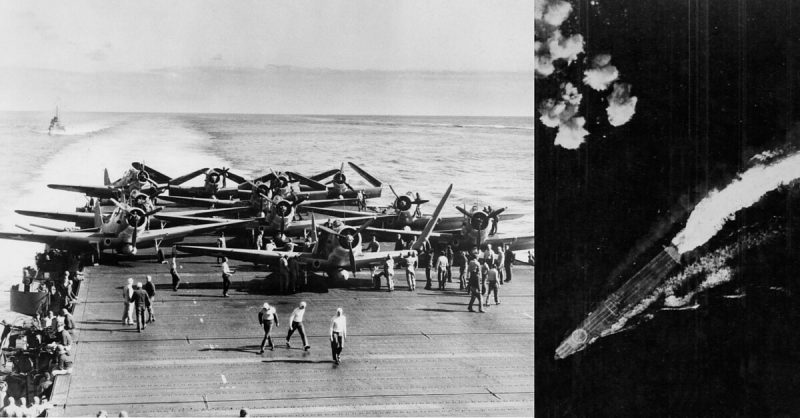Six months after the Pearl Harbor attack, the Japanese planned to lure the American aircraft carriers into a trap at Midway Islands. Imperial Japan’s overall plan was to extend its defensive perimeter in a counterattack to the US air raid on Tokyo.
Earlier, the Japanese Navy had made near-simultaneous attacks in Singapore, Malaya, the Philippines, and the Dutch East Indies around the time they attacked Pearl Harbor on December 7th, 1941. For the next six months, the Japanese Empire essentially consolidated its position in these Western outposts after attaining its initial strategic goals swiftly.
The Japanese Navy’s Stupendous Achievement Prior to Midway
The Japanese Navy had tasted great success at five locations! The preliminary planning for the next phase of attacks started quickly in January 1942. Admiral Isoroku Yamamoto, the head honcho of Japan’s sea warfare, was obsessed with eliminating America’s carrier forces. He considered the US carrier forces as the key threat to the Japanese Pacific campaign.
Admiral Yamamoto Eyes US Carriers
Yamamoto’s concern was further heightened in April 1942 when 16 bombers launched from a US carrier bombed targets in several Japanese cities including Tokyo. Although this raid was militarily insignificant, it exposed the vulnerability of Japanese cities to American bombers. Additionally, American carriers made numerous successful hit-and-run raids in the South Pacific. Yamamoto wasn’t keen on attacking Pearl Harbor again because he was wary of the American land-based firepower on Oahu.
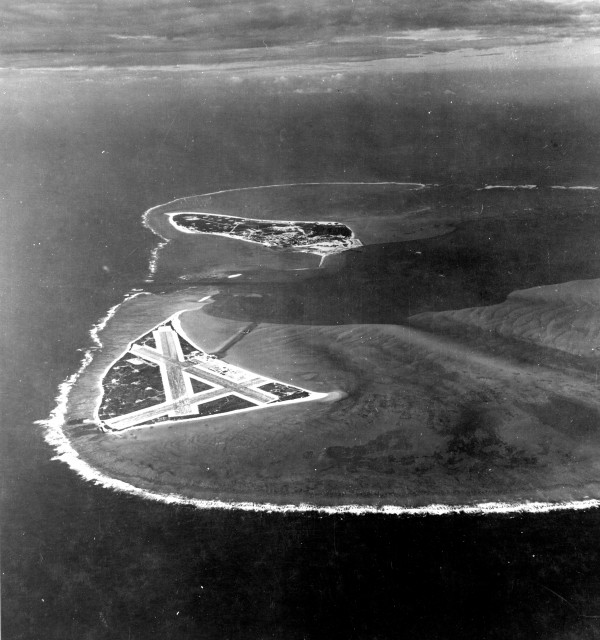
Hence, after careful planning, Yamamoto selected Midway Island, a small atoll at the northwest tip of the Hawaiian Islands. This atoll is around 1,100 nautical miles (approximately 1,300 miles; 2,100 kilometers) from Pearl Harbor. Midway was effectively beyond the range of most American aircraft stationed on Oahu or other Hawaiian islands. Yamamoto was confident that all the US Navy carriers in the Pacific Fleet would come to defend Midway Island because it was of strategic importance to the US.
US Codebreakers Warn the US Navy of the Impending Attack at Midway
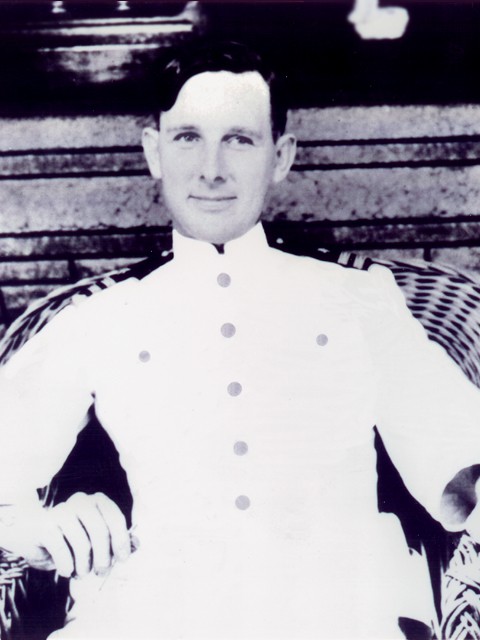
Although Midway wasn’t important to Japan’s overall plans, Yamamoto felt that the Americans would defend it vigorously. The Japanese Navy planned to lure the American carriers to Midway and destroy them. This plan, however, was based on faulty assumptions. The Japanese assumed that the morale of the Americans would be low after the hammering they had taken at Pearl Harbor six months ago and the technical defeat that the US Navy had suffered just a month ago at the Battle of the Coral Sea. Hence, the Japanese expected the Americans to react slowly. But this wasn’t the case. American codebreakers had already determined the precise date and location of the Japanese Navy’s planned attack at Midway. The codebreakers, notable among them being LCDR Joseph J. Rochefort, forewarned the US Navy to plan its own ambush.
Yamamoto’s Faulty Battle Plan Does Not Provide Enough Support to Japan’s Vulnerable Carriers
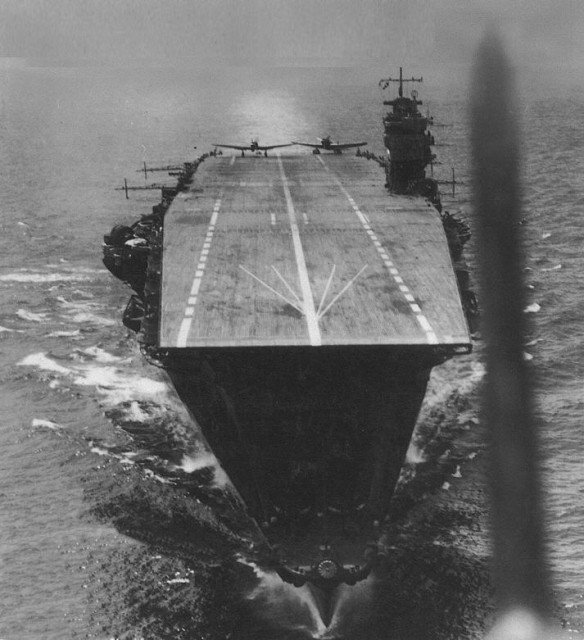
Yamamoto’s battle plan was extremely complex. For this plan to work successfully, it would require the careful and timely coordination of several battle groups that were located over hundreds of nautical miles of open sea. Besides, his battle plan was based on optimistic intelligence suggesting that USS Hornet and USS Enterprise were the only carriers that would be available to the Pacific Fleet of the US.
In the Battle of Midway Island, the Japanese Navy’s forces were split into three sections. The first section, led by Admiral Chuichi Nagumo, was ahead of the other two. Each section was located hundreds of miles apart. Although Admiral Nagumo’s carriers were to strike against Midway as well as absorb the full force of the American counterattacks, he had just two heavy cruisers, one light cruiser, two battleships, and twelve destroyers. But the trailing sections, led by Admiral Nobutake Kondo and Admiral Isoroku Yamamoto had two light cruisers, four heavy cruisers, five battleships, and two light carriers between them. Shockingly, none of the vessels in the trailing sections participated in the action at Midway Islands. And the ones that participated were bombed heavily!
Battle of Midway Island: 3–7 June, 1942
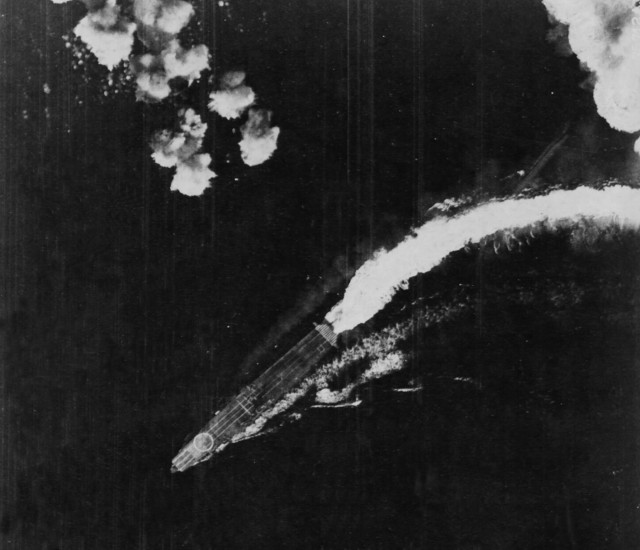
In the Pacific Theater of WWII, the Battle of Midway Island was unquestionably a decisive naval battle. Coming just six months after the demoralizing Pearl Harbor attack, and one month after the Japanese Navy’s tactical victory in the Battle of the Coral Sea, the US Navy won this decisive battle comprehensively.
US Navy Achieves a Resounding Victory
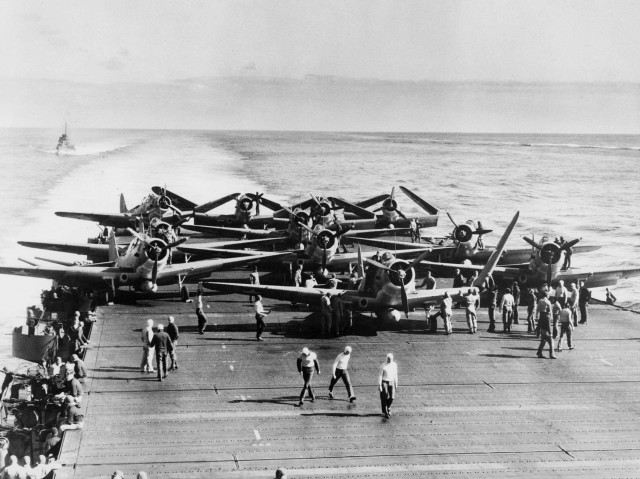
The attacking Japanese fleet suffered devastating damage. It was Japan’s first sea warfare defeat in almost 80 years. For Japanese Navy, the defeat at Midway was the most stunning and decisive reversal. The US Navy achieved what is acclaimed as the most successful victory in the annals of naval warfare.
On June 4th, 1942, the US Navy caught the four Japanese carriers under Admiral Nagumo unprepared for the pre-planned carrier air attack. The attack started at 0930. At 1030, dive bombers hit the carriers relentlessly. The Japanese carriers Soryu, Kaga, and Akagi were sunk in quick time. The fourth carrier, Hiryu, was hit and sunk in the late afternoon.
US Casualties and Losses at Midway Island
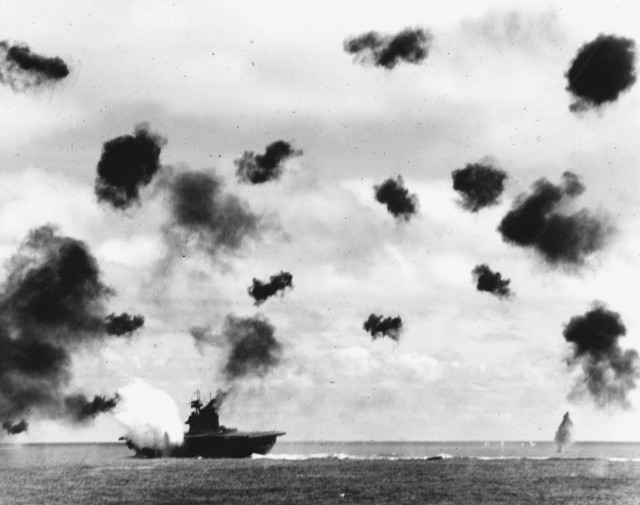
- 307 killed
- 150 aircraft destroyed
- 1 destroyer sunk
- 1 carrier sunk
Japanese Casualties and Losses at Midway Island
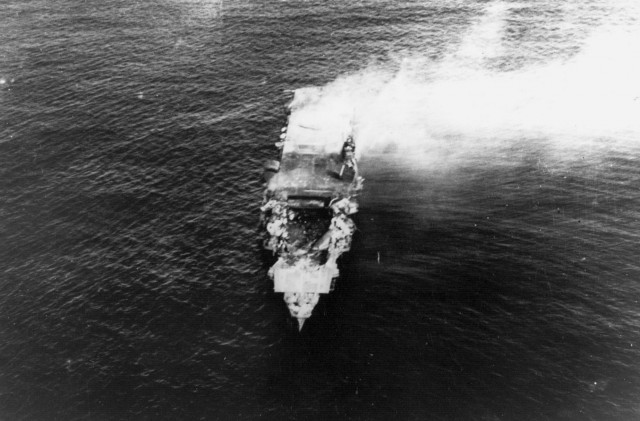
- 3,057 killed
- 248 aircraft destroyed
- 1 heavy cruiser damaged
- 1 heavy cruiser sunk
- 4 carriers sunk
US Navy Sinks All 4 Japanese Navy’s Heavy Aircraft Carriers and Blunts its Striking Prowess Considerably
Although US Navy lost a destroyer and the carrier Yorktown, it blunted the striking power of the Japanese Navy significantly by sinking four aircraft carriers in this battle. After the loss at Midway Island, Japan’s ability to replace material losses (specifically aircraft carriers) and personnel (particularly well-trained pilots) deteriorated rapidly. Conversely, the massive industrial capabilities of the US made it far easier for the US Navy to replace its losses in quick time.
Conclusion
In the Pacific Theater, the critical turning point was the resounding victory of the US Navy in the Battle of Midway Island. Admiral Raymond A. Spruance, Admiral Chester W. Nimitz, and Admiral Frank Jack Fletcher adopted successful tactics at Midway Island. They cut the US casualties to just about one-tenth of the Japanese (307 dead on the US side versus 3,057 dead on the Japanese side). The US Navy also pushed the Japanese Navy on to a defensive position for the remainder of the Second World War. Imperial Japan’s ability to launch an attack in the Pacific was severely dented due to the loss of four aircraft carriers.
And if you ever happen to visit Oahu, there are plenty of Pearl Harbor tours that cover the events that happened, that later lead to the battle of Midway.
